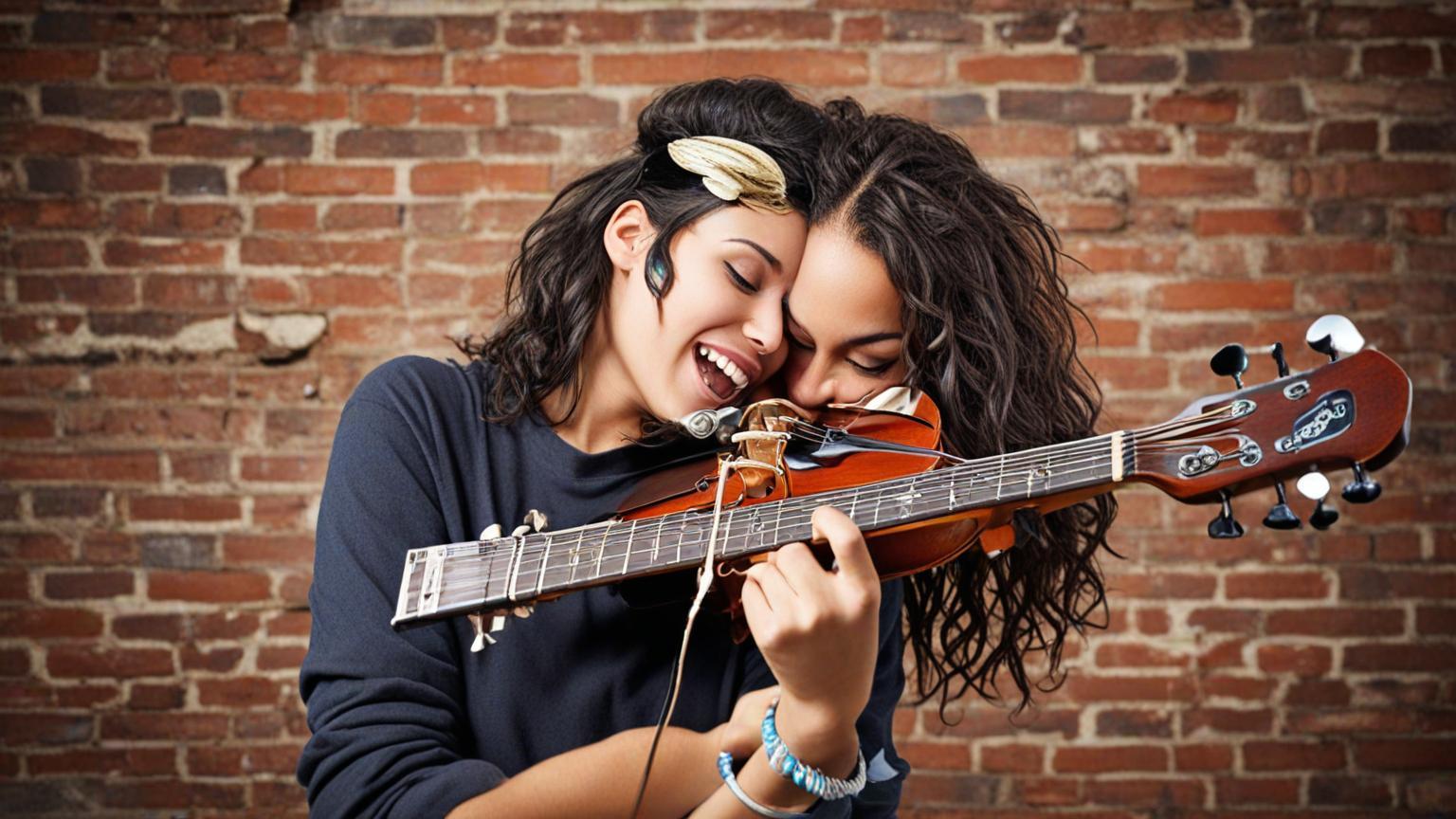The music industry has long been a bastion of established norms and practices. However, in recent years, a new wave of artists has emerged, challenging these traditional barriers with a fresh, digital-first approach that is transforming the landscape.
Imagine, if you will, a young musician with a laptop and a social media account. Ten years ago, this combination might not have amounted to much more than a passionate hobby. But today, artists are leveraging platforms like TikTok, Instagram, and Bandcamp to harness the power of the internet, breaking free from the constraints of traditional music industry gatekeepers.
Digital-first artists are the rebels of today's music scene. They produce, distribute, and market their work independently, often without the aid of a record label. Instead of relying on radio play or established venues, they gather momentum through viral videos and share-worthy content.
While mainstream media outlets have historically served as the primary channels for artists to reach an audience, social media and streaming platforms have opened the doors to millions of potential fans. Artists can now create intimate connections with their listeners, often involving them in the creative process itself. This has led to an increased sense of authenticity and relatability that resonates deeply with modern audiences.
One such artist is Lil Nas X, who burst onto the scene with his hit “Old Town Road.” He used Twitter and TikTok to propel his single to unprecedented heights, leading to a record-breaking 19 weeks atop the Billboard Hot 100. By maintaining a direct relationship with his fans, he bypassed traditional radio stations and record labels.
Similarly, Billie Eilish and her brother, Finneas, recorded and produced their debut album, “When We All Fall Asleep, Where Do We Go?” in their bedroom studio. Their DIY approach and unique sound captured the hearts of fans worldwide, proving that innovative production techniques can overshadow conventional studio setups.
For many digital-first artists, platforms like Patreon and Kickstarter serve not only as a source of funding but also as a means of nurturing a direct connection with their audience. Fans can support their favorite artists, and in return, gain exclusive access to new music and behind-the-scenes content, fostering a sense of community and loyalty.
Critically speaking, the rise of digital-first artists has caused significant disruption in the music industry. Record labels, radio stations, and music journalists must adapt or risk becoming irrelevant. Artists who once aspired to be signed by a major label now see value in retaining control over their careers.
Moreover, legacy music media like NME and Pitchfork have recognized the shift, increasingly covering artists who achieve chart success primarily through digital platforms rather than traditional media. This recognition validates the impact digital-first artists are having on the industry.
However, the path for digital-first artists is not without challenges. The decentralized nature of digital music distribution can make it difficult to secure sustainable income streams. Moreover, the vast number of musicians creating online means the competition for attention is fiercer than ever.
Yet, for the determined few who manage to stand out, the rewards are immense. By owning their content and addressing their audience directly, digital-first artists are not only leveling the playing field but also redefining what it means to be an artist in the modern era.
In conclusion, as digital-first artists continue to push boundaries and seize opportunities, they exemplify a larger cultural evolution toward creativity, independence, and connection. They are the pioneers of a new music epoch, crafting a legacy that will inspire generations to come.
breaking barriers: digital-first artists challenge traditional music industry norms

